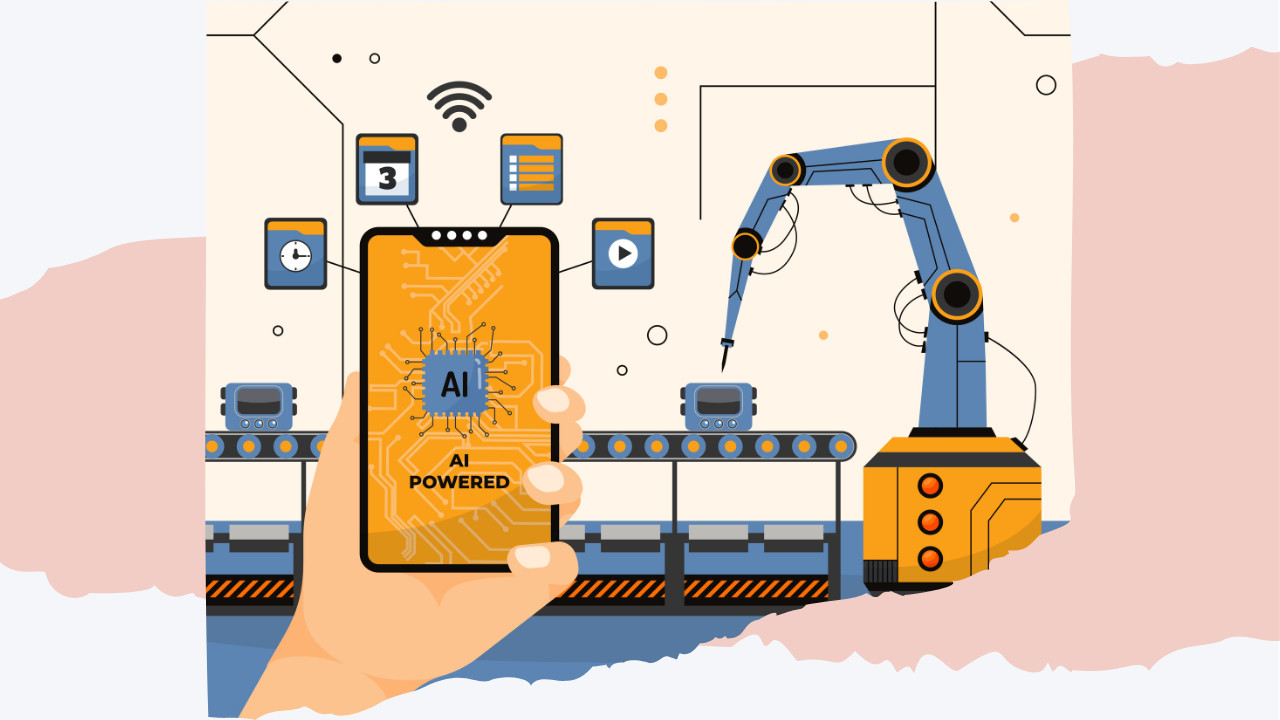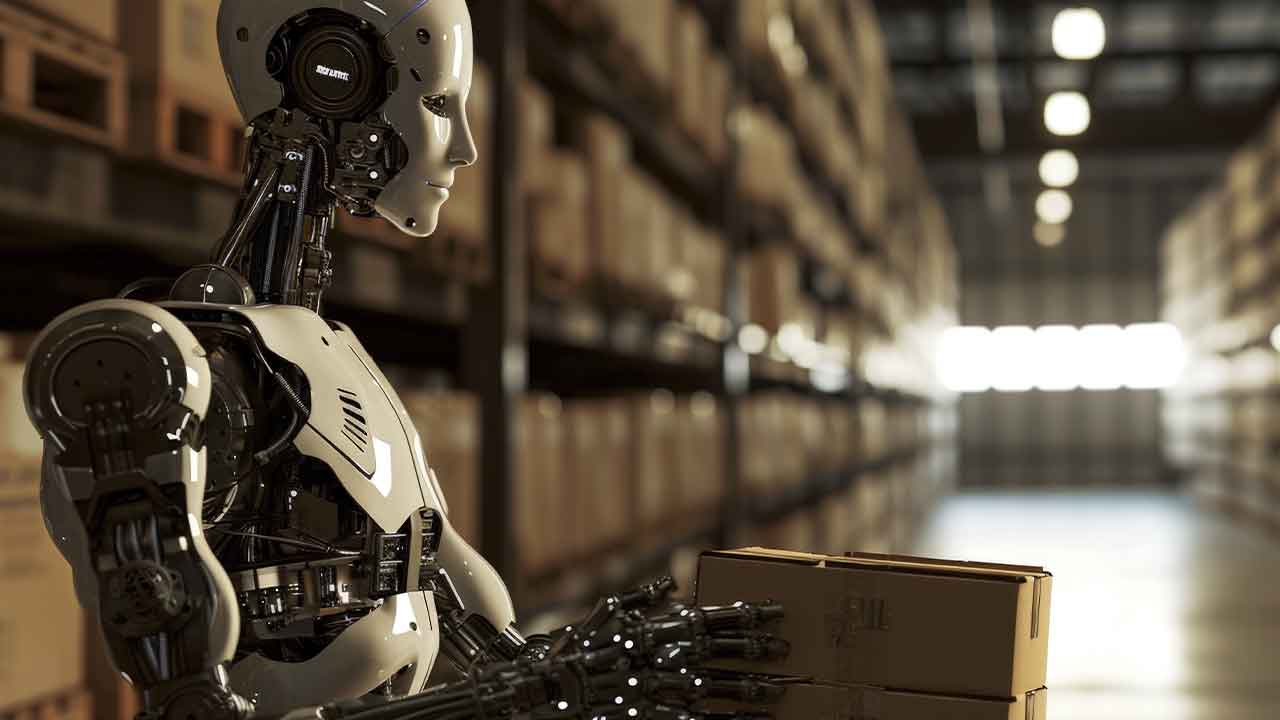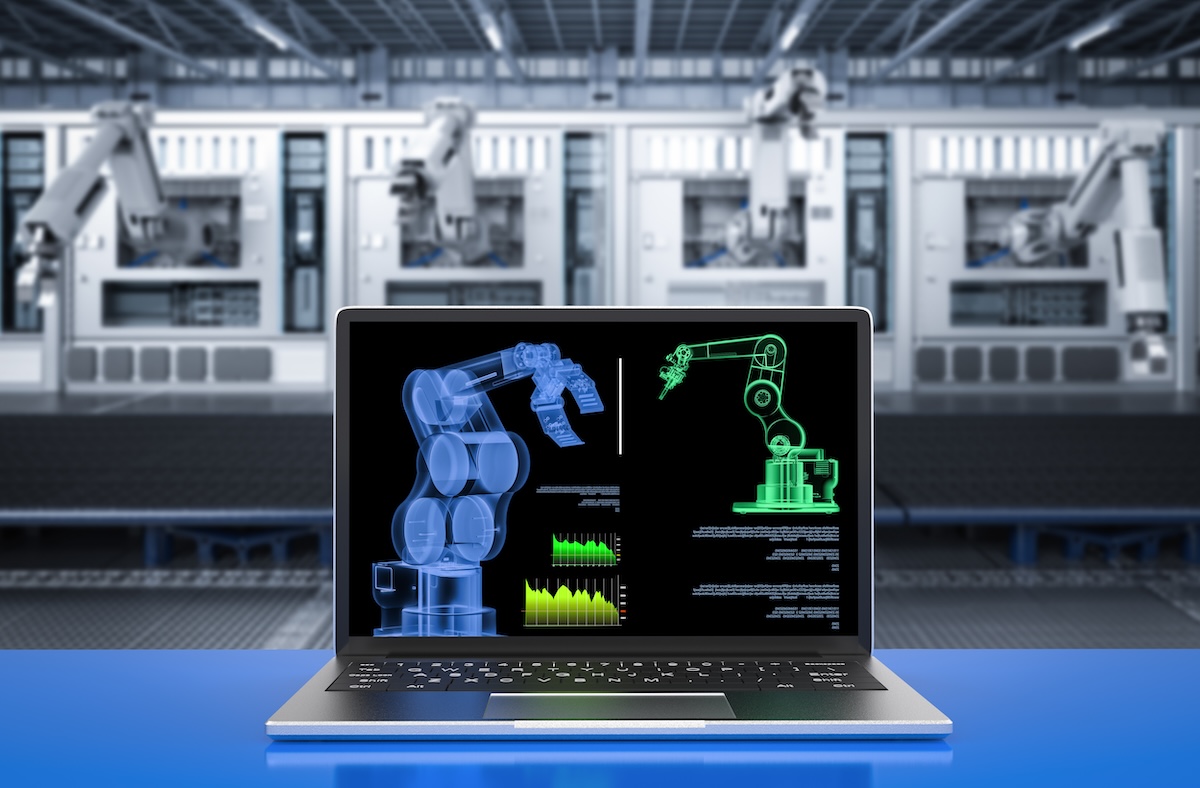Human-in-the-loop: humans and machine learning
Machine Learning is a subset of artificial intelligence (AI) that deals with creating systems that learn or improve performance based on the data they use: it has unprecedented computational capacity, but on its own it cannot be perfect.
It always requires the mediation, the fundamental presence, of man, who is the only one able to give computers access to the knowledge of the real world and ensure that they are actually able to respond to our real needs (Human-in-the-loop and machine learning).
From this awareness, it originates human-in-the-loop, an approach that places people’s knowledge and experience at the center of machine learning processes.
“Human-in-the-loop” is an expression we come across lately when we go to talk about automation, IoT and smart factories or more generically about smart companies.
Principles of human-in-the-loop machine learning
It is precisely in smart environments that this concept is discussed: what is the loop in which the figure of the human is present?
This loop is the environment made up of machines and devices that enable automatisms. The human-in-the-loop approach ensures that humans are involved in these automatisms and that this trains, perfects and monitors Machine Learning models.
A step back in this approach: in the set phase, it is important to understand if there is the raw material behind this type of project: data.
We also need to understand what kind of data this is and how it can be leveraged to achieve our goals.
Once this choice has been made, the human-in-the-loop scenario places humans at the center of Machine Learning processes – in the loop, so to speak.
But how is the figure of the human, the operator, inserted?
Automation is not capable of reacting autonomously to business changes, which now take place in rapid time. As the business changes, Machine Learning models must be able to adapt to the needs of the company.
But how do humans fit within processes that are by definition highly automated?
Total automation is incapable of reacting to changes in business, which are now happening in ever shorter time frames. As the business changes quickly, so too must Machine Learning models be able to adapt, from time to time, to the needs of the business.
But how this business changes the machines don’t know: only we, humans, can adapt them to the new objectives. Only we, with our experience and knowledge, can know where we want to go and dictate the pace, the process. Find out more about Implementing Artificial Intelligence Solutions.



